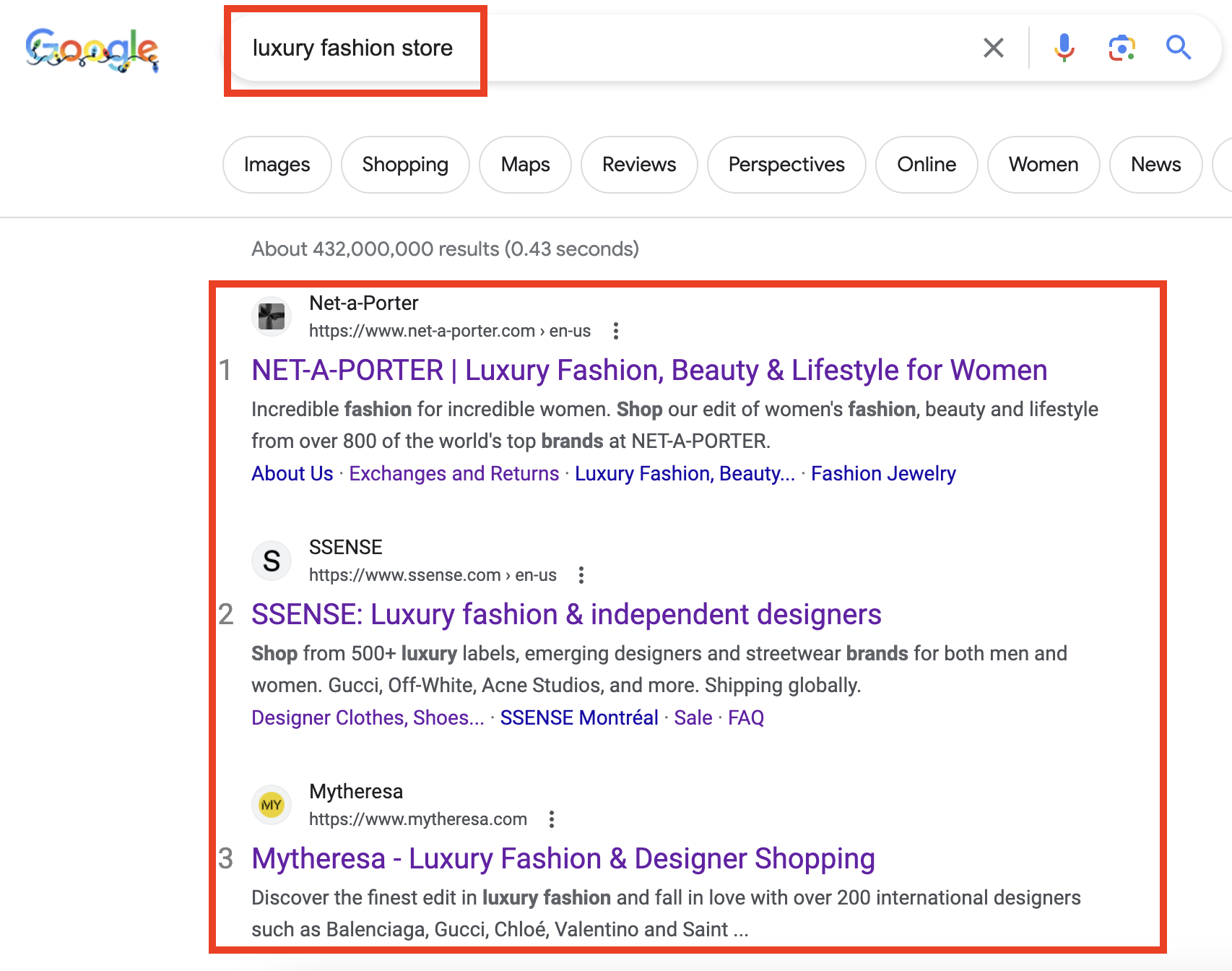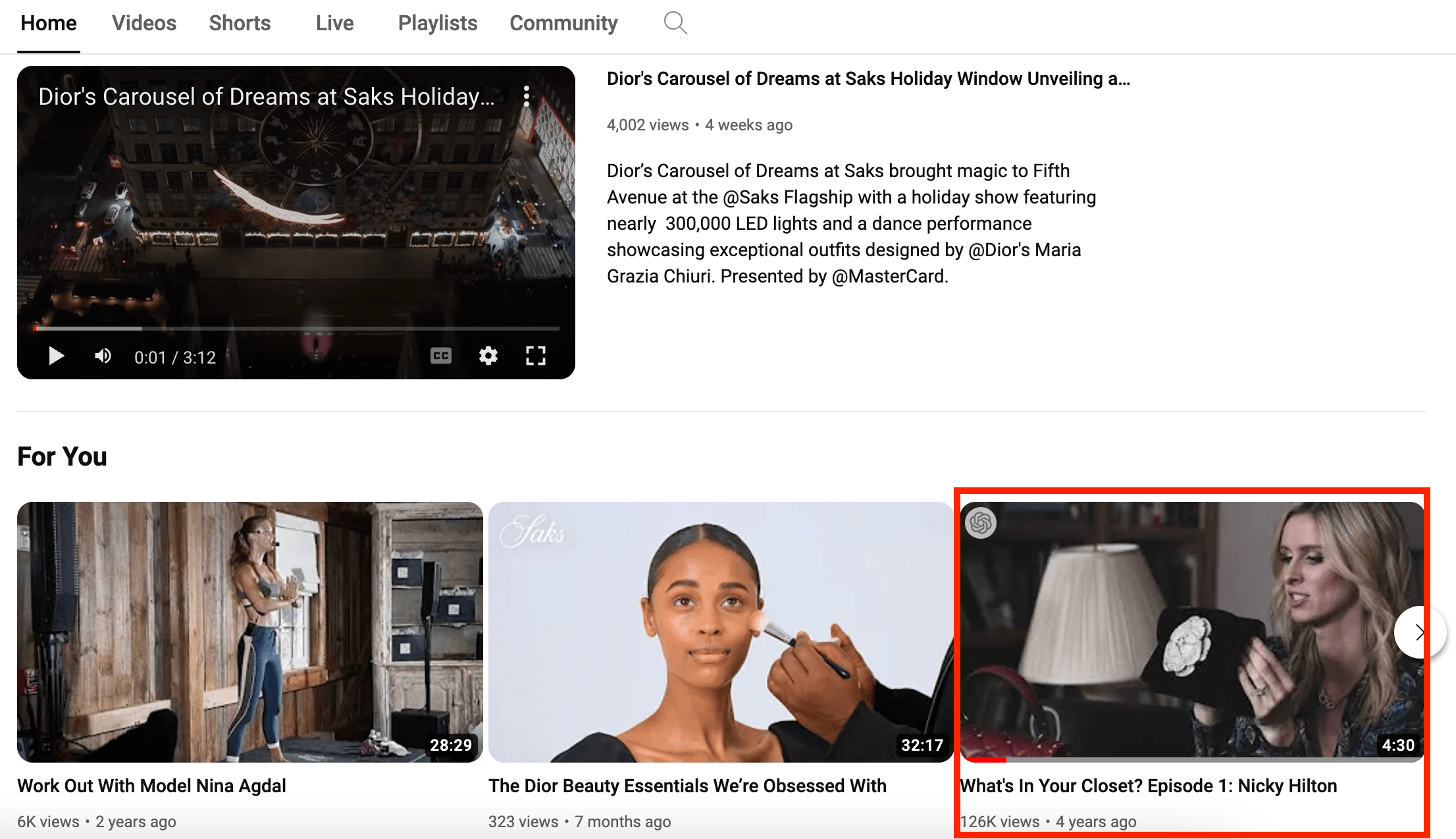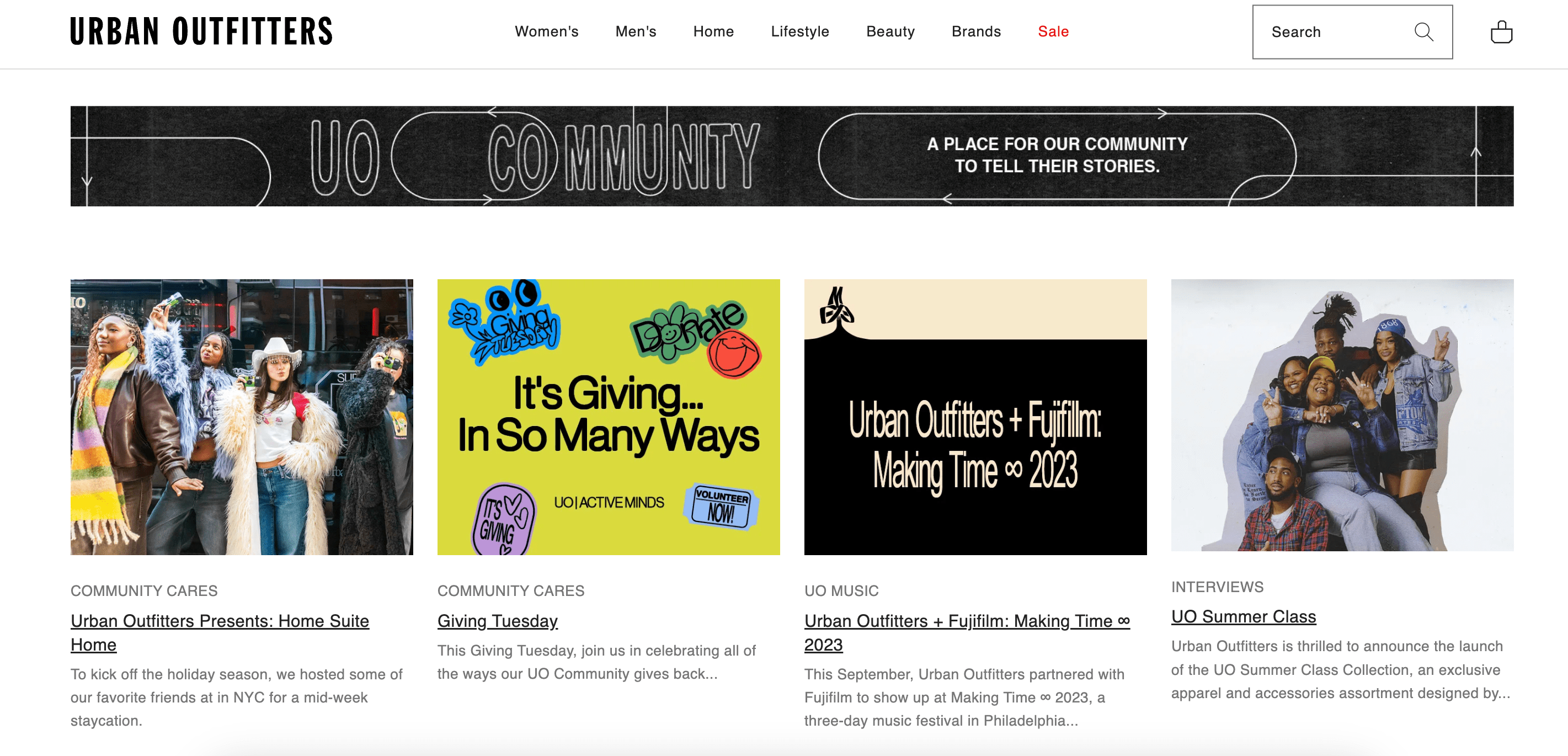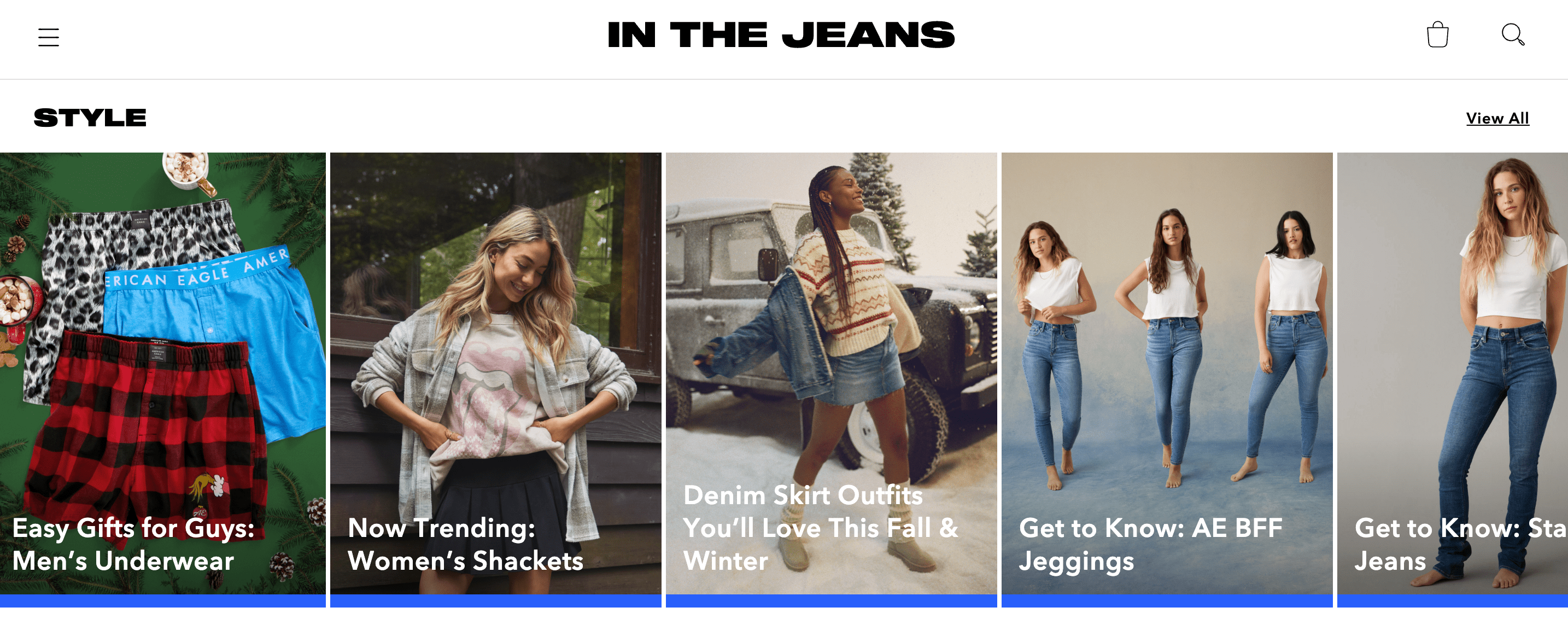
Marketing
Why are reviews important for your retail store?
Reviews guide customers as they make choices, foster trust, and can even give sales a significant lift. If your clothing...
Best Inbound Marketing Examples for Your Dropshipping Store’s Next Campaign
Marketing

In an increasingly crowded online marketplace, your dropshipping store's visibility, customer engagement, and ultimately its success depend heavily on how well you market your dropshipping products.
However, not all marketing strategies are created equal, and finding the right approach can be the difference between blending in and standing out.
In contrast to traditional marketing methods that often push products onto consumers, there's a different, more subtle art of attracting customers - it’s about drawing customers towards your store naturally and willingly.
But, how exactly does it work? What makes inbound marketing so effective, especially for a dropshipping business? And how does it make it possible for inbound marketing strategies to produce over 50% more leads than traditional advertising?
In this article, we'll dive right into these questions. You'll discover real-life inbound marketing examples and learn about actionable ideas to implement in your next campaign.
Inbound marketing is a type of marketing method that attracts customers by creating valuable content tailored to their interests.
It often includes tactics like content marketing, search engine optimization (SEO), social media marketing, and email marketing.
The goal is to provide useful, engaging content that draws people to your website and business, converting them into loyal customers.
A few of the many benefits of using inbound marketing include:
While both inbound and outbound marketing aim to attract potential customers, they do so in fundamentally different ways:
Inbound marketing, as we mentioned before, is all about creating personalized content for your audience. The primary aim is to pull prospects towards the brand organically through strategies involving content creation, SEO, social media engagement, etc.
Outbound marketing, on the other hand, pushes products or services directly at a customer rather than drawing them in with relevant content. It relies more on traditional methods like paid ads, direct mail, telemarketing, and trade shows.
In essence, while inbound marketing focuses on earning the audience’s interest, outbound marketing concentrates more on buying it.
Search Engine Optimization (SEO) is what makes your valuable content discoverable by your target audience, making it a fundamental part of any inbound marketing strategy.
Specific examples of SEO optimization involve:
Check out: Best Amazon and eBay keyword tools
Check out: Best photo editing apps
Check out: Best engagement posts
An example of effective SEO use in inbound marketing is seen with a lot of online fashion stores such as Net-a-Porter, SSENSE, and Mytheresa.
They have successfully used SEO to rank high for industry-related keywords like “luxury fashion store”.

Engagement on social media is about more than just posting regularly; it’s about sparking conversations and building relationships.
Here’s how savvy businesses are doing it:
To illustrate how social media can be effectively used as an inbound marketing strategy, take a look at how online fashion store Farfetch uses Instagram to showcase their products.
Their content strategy includes posting videos and images of their new arrivals, including convenient shoppable posts, and writing engaging descriptions and hashtags.
Nordstrom’s Instagram account is another example of a retail fashion store using social media to provide a vibrant showcase of their latest fashion products.
The account features a mix of high-quality images and videos, including promotional content and behind-the-scenes glimpses.
Selfridges is another online store that provides a dynamic and creative visual experience through their social media platforms.
Their posts feature bold and artistic imagery, showcasing trending products, special events, and collaborations with designers, aligning with the store’s commitment to offering a unique and upscale shopping experience.
Video marketing has become an indispensable tool in the realm of inbound marketing, offering a dynamic and engaging way to connect with audiences.
Here are key ways to effectively use video marketing in your inbound strategy:
Check out: YouTube ads for dropshipping stores
Companies worldwide have been leveraging video marketing for years.
For instance, Saks Fifth Avenue gained viral fame with their “What’s in your closet” YouTube video that features Nicky Hilton showcasing the products she’s been buying from their stores.

Podcasts have steadily become a popular form of content consumption. They offer unique opportunities for brands to connect with their audience on a deeper, more personal level.
Here are some ways podcasts can benefit your dropshipping store:
For instance, the fashion store Net-a-Porter has been running a successful podcast called ‘Pieces of Me: My Life in Seven Garments‘ that features short 30-minute episodes.
The podcast invites successful women in the fashion industry to talk about their take on clothing as a source of power and identity.
For dropshipping stores, effective blogging strategies can drive traffic, build brand authority, and foster lasting customer relationships.
Here are key ways to use blogging as a part of your inbound marketing strategy:
A prime example of effective blogging in the fashion retail space is Urban Outfitters.
Their blog, known for its trendy and lifestyle-focused content, skillfully blends product promotion with engaging topics like fashion tips, interviews, and community stories.
This approach keeps their content fresh, relevant, and appealing to their target demographic.

Another example is American Eagle whose blog is used as a tool to connect with their young audience, discussing current fashion trends, how to style their products, and promoting body positivity.
Their blog covers a wide range of topics: from style guides and gift recommendations to campaign announcements and real stories.

Drawing inspiration from these inbound marketing examples may be the key to reshaping your own strategies.
These can teach you about the importance of:
And with these insights in hand, you’ll be well-equipped to start implementing inbound marketing techniques that will drive great results for your dropshipping business.
What is dropshipping?